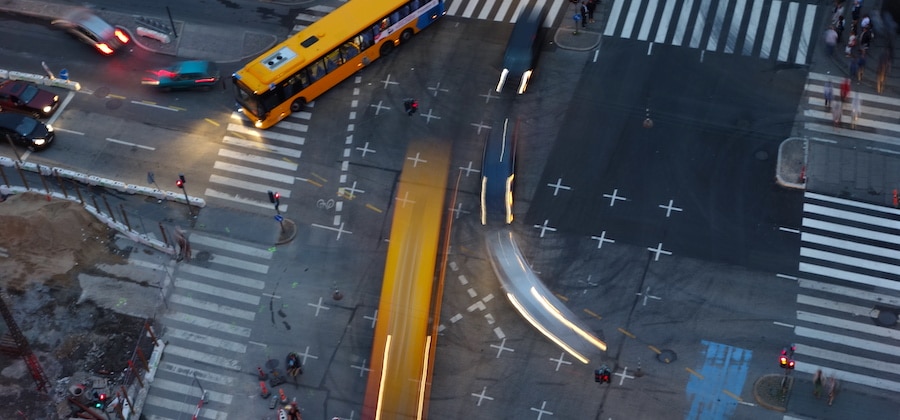
The world is reeling from the effects of the coronavirus pandemic and the resulting economic downturns. Add to this levels of civil unrest not seen since the 1960s and governments which are more ideologically polarized than ever before. How then do we collaborate to solve the enormously complex problems of our times?
The federal government plays an important part as the safety net for people, healthcare and defense. But pragmatic and localized problem solving might occur best at county, city and local levels. Here, impacted stakeholders can come together to compete and/or collaborate. 21st Century problems are complex and can’t be solved by one bureaucracy. They require multi-sectoral horizontal solutions. As a result, problem solving has become increasingly bottom up rather than top down and delivered by networks of institutions and leaders rather than the public sector.
Bruce Katz calls this phenomenon ‘the new localism.’ He believes cities have the power and ability to harness and leverage all the incredible innovative power in our country to solve local problems and to improve peoples’ lives
“Cities are more than governments, they’re networks. That’s why they’re so resilient, that’s why they’re so adaptive, that’s why in many places they’re so prosperous: they’re ecosystems.“
That’s not to say that the federal government can’t still be a platform or a participant in creating solutions, but issues that require local interaction and local networks might be best solved at the local level. We need to stop believing that all of our problems will be solved by bureaucrats and start believing in ourselves. Solutions can be created by networks. If we want to solve congestion, housing affordability or the integration of Black- and brown people into our economy, we need to bring together different sectors of our society to promote different ways of thinking. We need to develop a system where universities, health care systems, corporations, entrepreneurs, public sector philanthropies and individual stakeholders all work together to find tangible solutions to local problems, and to plan together how our cities will thrive.
Listen to my interview with Bruce Katz to learn more.
Image courtesy of John D Norton
